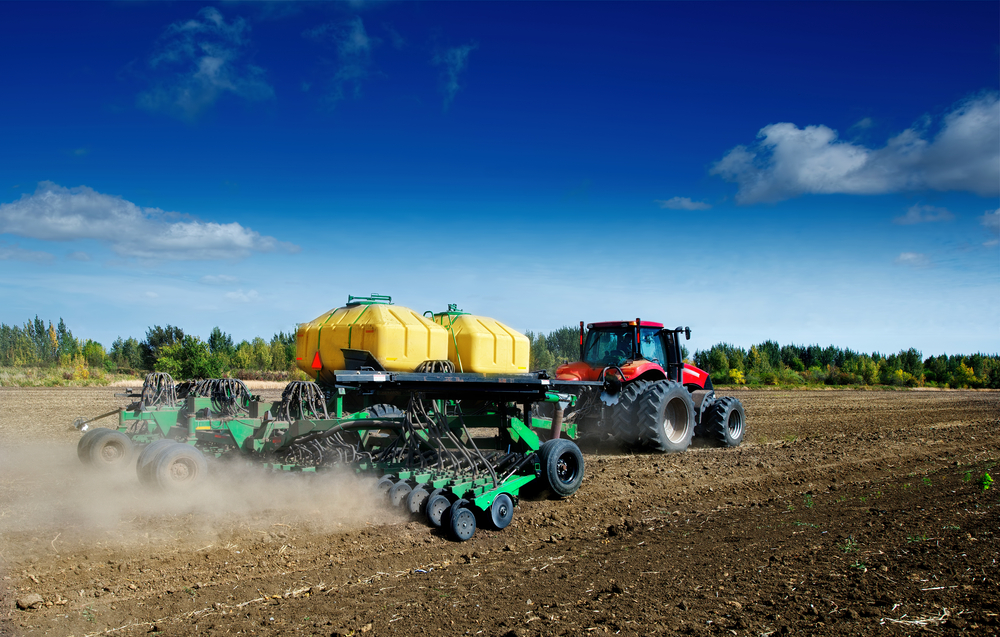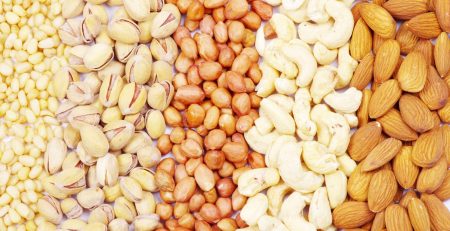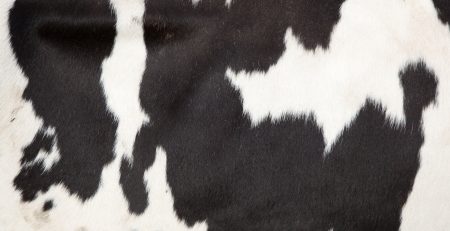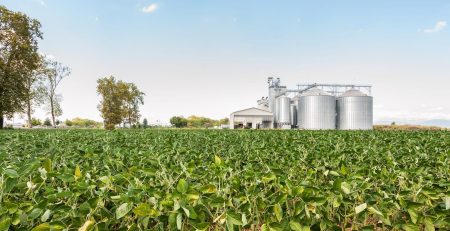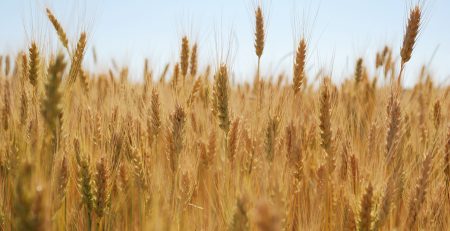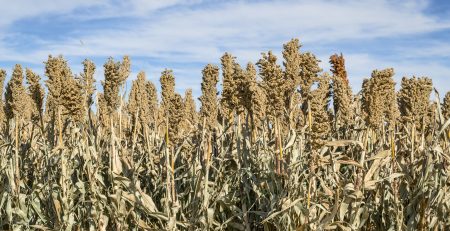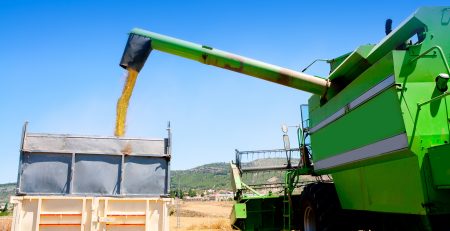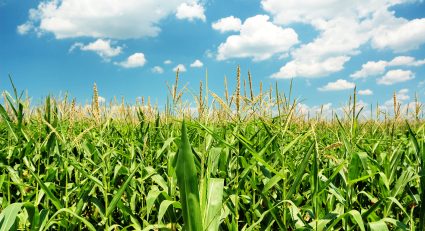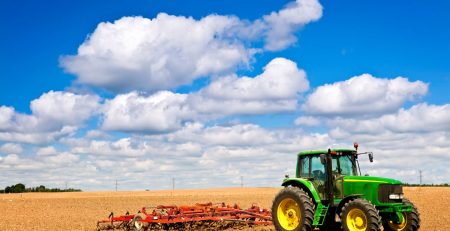Make Your Nitrogen Management Plan Now
Whether you apply in the fall, spring or a variety of times through split application, you need to be strategic about nitrogen.
“This is the right time to sit down with your retailer, look at your cropping systems and see what will be best for you when it comes to spring versus fall-applied nitrogen,” says Tom Fry, sales manager of premium products with The Mosaic Company. “The decision is a function of multiple factors- cropping systems, typical fall versus spring soil conditions, the market and logistics.”
If you apply in the fall it’s important to consider the risks and rewards before driving across the field. For some nitrogen’s traditional lows in the fall mean it’s a great time for savings on the balance sheet. Additionally, it’s typically drier in the fall and you’re less crunched for time since you’re not days away from planting – the logistic simplicity of fall application is a draw for some farmers.
Note however, what fall application may give in ease of application, it can also take in lost dollars. “Every study I see shows that spring applied nitrogen results in better yields than fall application,” says Darin Lickfeldt, Verdesian senior technical development manager. “You stand to lose nitrogen by volatilization, leaching or denitrification. Applying 100% of your nitrogen in the fall is risky business that relies on hope, not science.”
Nitrogen loss can be especially severe if you don’t have a hard freeze in the winter. Note, however, applying all of your nitrogen in the spring carries risk, too. You can lose 1/3 of your nitrogen or more depending on the season. The most cautious way to apply nitrogen is in multiple passes.
“If you apply 150 pounds of nitrogen as urea and lose 1/3 of the nitrogen with spring application let’s say that’s $20 per acre with current urea costs,” Lickfeldt says. “If it cost about $5 per acre to run a sidedress rig across of the field you’re still money ahead to apply that second application versus trying to save a trip.”
If you want to compare with your exact machinery and labor costs consider what 1/3 nitrogen loss per acre costs compared to your actual application cost to see what is most profitable. Alternatively, if you’re concerned about physically getting across fields a second time because of moisture or time constraints consider a nitrogen additive you can calculate costs the same way.
“We encourage farmers to start planning now with soil sampling, either full field or grid sample to get a baseline on P and K,” Fry says. “Note, however, mobile nutrients like nitrogen and sulfur aren’t as accurate in the standard zero to six soil test. Farmers considering split nitrogen applications with an in-season nitrogen application may want to consider taking a two-foot in-season nitrogen test to more accurately assess nitrogen available in the soil and to fine-tune their application rates in-season.”
Weigh your fertilizer options now while considering nitrogen timing. The right or wrong choice will be critical to nutrient availability and ultimately your field’s success.
This article was first published on https://www.qtwebhostdemo.com.

